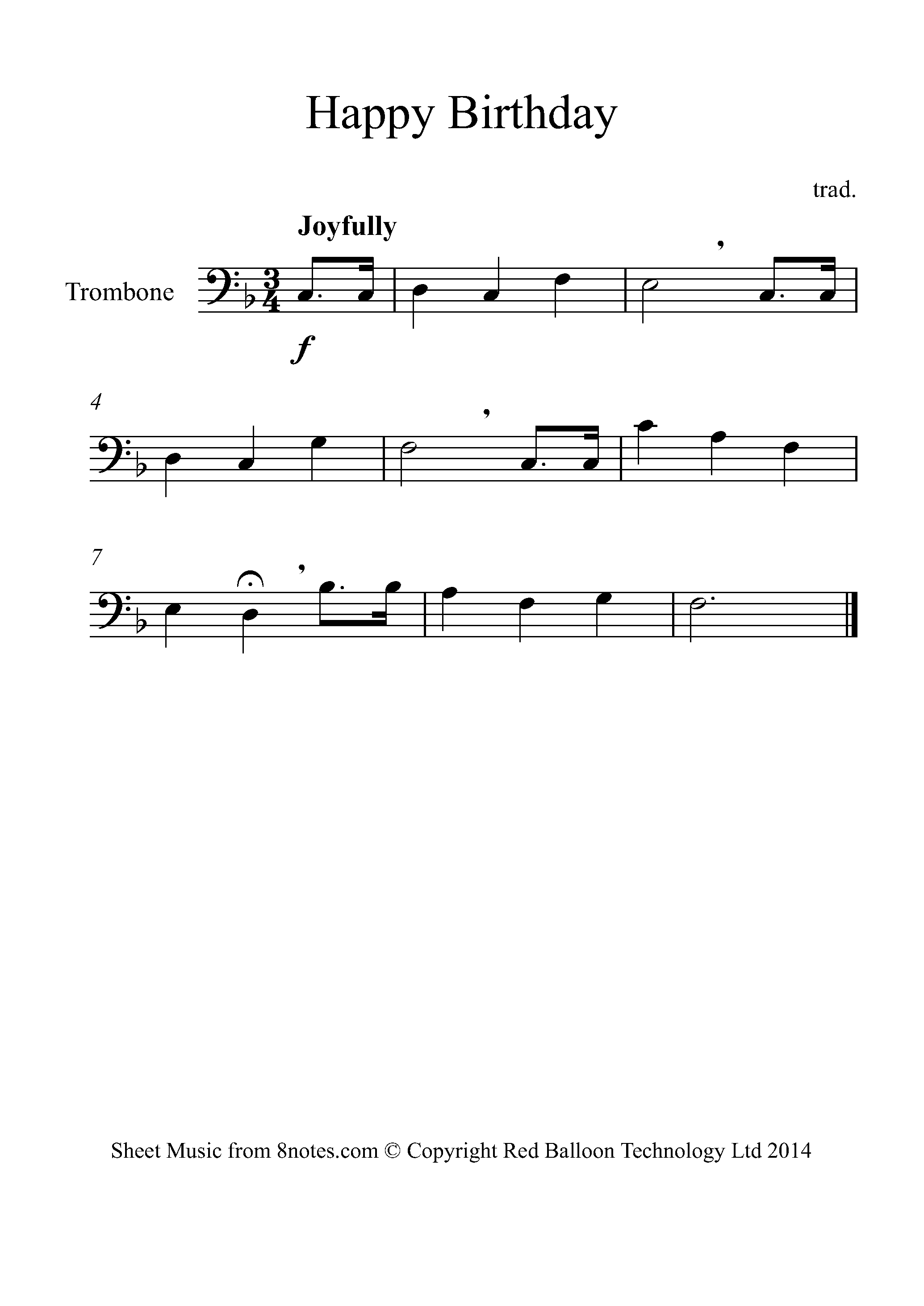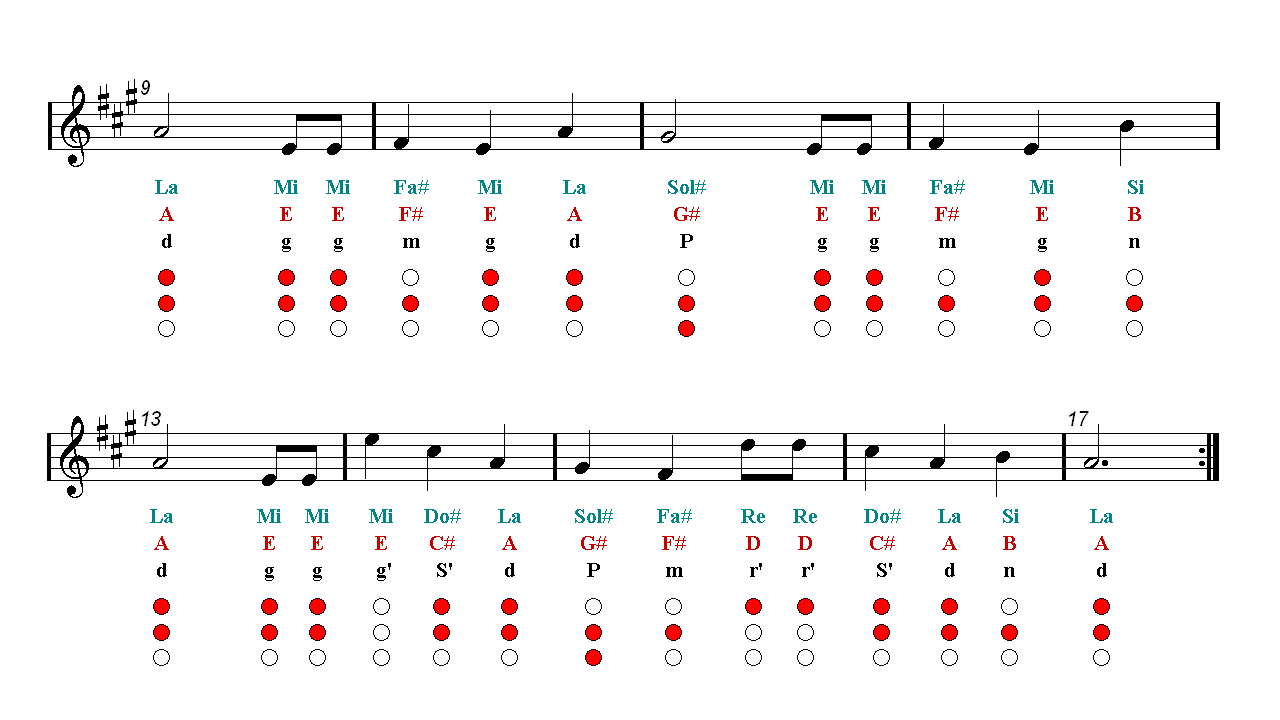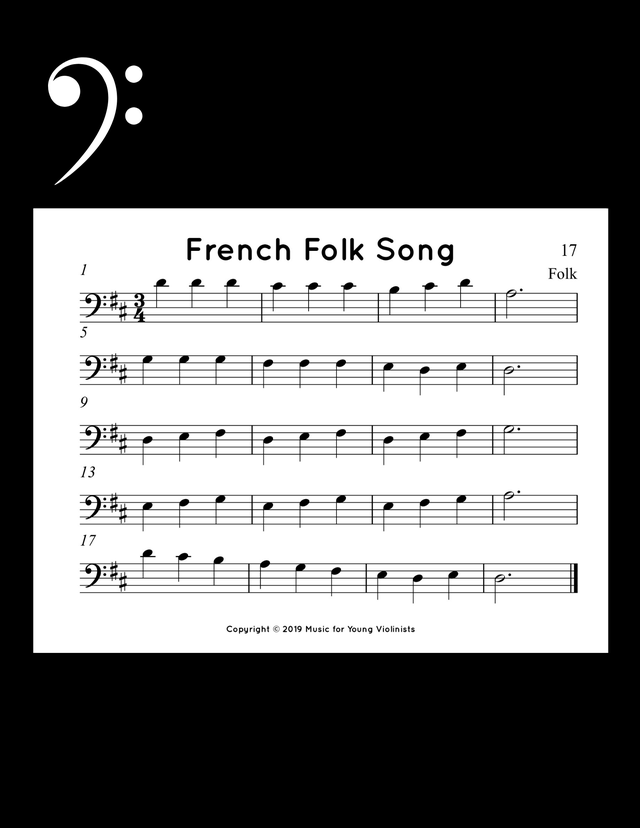How To Play Happy Birthday On Cello: A Beginner’s Guide With Easy Steps
Let’s face it, folks—playing the cello is not just about sounding fancy or impressing your friends. It’s about creating music that connects with people on a deeper level. And what better way to start than by learning how to play "Happy Birthday" on cello? This timeless tune is the perfect gateway for beginners who want to dive into the world of strings and melodies. Whether you’re celebrating someone special or just practicing your skills, this guide will walk you through every step.
So, why "Happy Birthday"? Well, it’s one of those songs everyone knows by heart. It’s simple, catchy, and super satisfying to play on an instrument. Plus, mastering it on the cello can boost your confidence and help you understand the basics of rhythm, pitch, and technique. Don’t worry if you’re new to the cello—we’ll break it down step by step so you can rock that birthday tune like a pro!
Before we dive in, let’s set the mood. Imagine yourself holding the cello, bow in hand, ready to bring joy to someone’s special day. With a little practice and some insider tips, you’ll be playing "Happy Birthday" in no time. Let’s get started!
Read also:Joel Embiid Needs Another Knee Surgery In Latest 76ers Crusher
Here’s a quick table of contents to help you navigate through this guide. Feel free to jump around if you need specific info:
- Introduction to Playing "Happy Birthday" on Cello
- Understanding the Basics of Cello
- Learning the Notes for "Happy Birthday"
- Mastering the Technique
- Getting the Rhythm Right
- Tips for Practice
- Common Challenges and Solutions
- Advanced Tips for Better Sound
- Preparing for a Performance
- Wrapping It Up
Introduction to Playing "Happy Birthday" on Cello
Alright, so you’ve decided to take the plunge and learn how to play "Happy Birthday" on cello. That’s awesome! But before we get into the nitty-gritty, let’s talk about why this song is such a great starting point. For one, it’s short and sweet, which means you won’t feel overwhelmed by complex arrangements. Plus, it’s a tune that resonates with everyone, making it a perfect piece to practice and perform.
Playing "Happy Birthday" on cello also helps you develop essential skills like finger placement, bowing technique, and timing. And hey, who doesn’t love being the star of the show at a birthday party? Whether you’re playing for fun or planning a special performance, this guide will equip you with everything you need to succeed.
Understanding the Basics of Cello
Parts of the Cello
First things first, let’s talk about the cello itself. The cello is a beautiful instrument with four strings tuned to C, G, D, and A. Each string has its own unique tone, and understanding how they work together is key to producing a harmonious sound. Here’s a quick rundown of the main parts:
- Strings: The heart of the cello’s sound. Each string corresponds to a specific note.
- Fingerboard: Where you press the strings to change the pitch.
- Bow: Used to draw sound from the strings. Proper bowing technique is crucial for a smooth tone.
- Bridge: Elevates the strings and transmits vibrations to the body of the cello.
Getting familiar with these parts will make it easier to navigate the cello when you start playing "Happy Birthday."
Learning the Notes for "Happy Birthday"
Breaking Down the Melody
The "Happy Birthday" song consists of a simple melody that can be easily played on the cello. Here’s the breakdown of the notes:
Read also:Jonny Brodzinski Tells The Post The Key To His Rangers Breakthrough
- C – C – D – C – F – E
- C – C – D – C – G – F
- C – C – C – A – F – F – F – C – G – F – E – C
Don’t panic if this looks confusing at first. We’ll go over each note and how to play it on the cello in the next section. Just remember, practice makes perfect!
Mastering the Technique
Proper Finger Placement
One of the most important aspects of playing "Happy Birthday" on cello is getting your finger placement right. Each note corresponds to a specific position on the fingerboard. For example:
- C: Open string or first position.
- D: Second finger on the A string.
- F: First finger on the G string.
- G: Second finger on the G string.
Take your time to practice these positions until you feel comfortable. Consistency is key when it comes to finger placement.
Getting the Rhythm Right
Counting the Beats
Rhythm is the backbone of any song, and "Happy Birthday" is no exception. To play the song smoothly, you’ll need to count the beats and maintain a steady tempo. Here’s a simple rhythm guide:
- 1 – 2 – 3 – 4 (for each line of the song).
- Use a metronome or tap your foot to keep time.
Remember, the goal is to make the song sound natural and flowing. Don’t rush through the notes—take your time and let the music breathe.
Tips for Practice
Setting Up a Practice Routine
Now that you know the notes and techniques, it’s time to put them into practice. Here are some tips to help you make the most of your practice sessions:
- Start slow and gradually increase your speed as you get more comfortable.
- Focus on one section at a time before putting the whole song together.
- Record yourself and listen back to identify areas for improvement.
- Practice consistently, even if it’s just for 10-15 minutes a day.
Consistent practice will help you build muscle memory and improve your overall technique.
Common Challenges and Solutions
Overcoming Obstacles
Learning to play "Happy Birthday" on cello isn’t always a walk in the park. Here are some common challenges you might face and how to overcome them:
- Struggling with finger placement? Practice each note individually and use visual aids like stickers on the fingerboard.
- Hitting the wrong notes? Double-check your finger positions and listen carefully to ensure accuracy.
- Having trouble with rhythm? Use a metronome to keep a steady beat and practice counting out loud.
Remember, every great musician started as a beginner. Keep pushing forward, and you’ll see improvement over time.
Advanced Tips for Better Sound
Enhancing Your Performance
Once you’ve mastered the basics, it’s time to take your playing to the next level. Here are some advanced tips to enhance your sound:
- Experiment with different bowing techniques to create varied tones.
- Add dynamics by playing some notes louder or softer for emotional impact.
- Practice vibrato to add richness and expression to your sound.
These techniques will give your "Happy Birthday" performance that extra flair and make it stand out.
Preparing for a Performance
Making It Memorable
Now that you’ve practiced and refined your skills, it’s time to prepare for a performance. Whether you’re playing for family and friends or a larger audience, here’s how to make it memorable:
- Choose a comfortable setting where you can focus without distractions.
- Practice in front of a mirror or record yourself to see how you look and sound.
- Engage with your audience by smiling and maintaining eye contact.
Remember, the goal is to enjoy the moment and share the joy of music with others.
Wrapping It Up
So there you have it, folks—a comprehensive guide on how to play "Happy Birthday" on cello. From understanding the basics to mastering the technique and preparing for a performance, this journey has been all about growth and discovery. Whether you’re a beginner or an experienced musician, the key is to keep practicing and having fun.
Now it’s your turn to shine! Take what you’ve learned and put it into action. And don’t forget to share your experience with us in the comments below. Who knows? You might just inspire someone else to pick up the cello and start their own musical journey. Until next time, keep rocking those strings!


